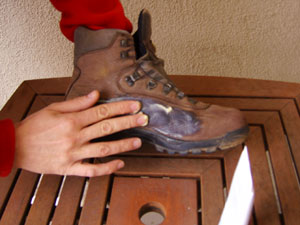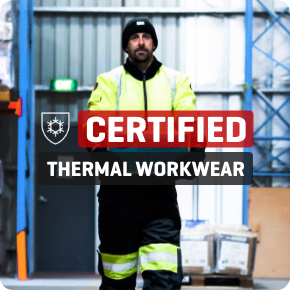
Work boots live a tough life. We wear them for 8+ hours a day across all kinds of worksites, seasons, and weather conditions. So it’s no surprise they cop a beating.
But with the right care, your boots can go the distance—lasting months (or even years) longer than expected. Whether you’re wearing steel caps, industrial shoes or safety boots, these simple tips will help you get the most out of your investment.
1. Buy good quality boots in the first place.
It’s true—you get what you pay for. Cheaper boots usually mean lower-grade materials, weak stitching, and shorter life spans. If your work boots are tax-deductible, it’s worth spending a little more upfront on a decent pair. It’ll save you in the long run.
2. Regularly maintain or treat your boots.

Moisture is the enemy of most types of work boots, especially leather ones, as water causes them to stretch and contract which can cause the stitching to tear and can degrade the leather. Apply waterproof spray, wax or cream to the boots regularly, maybe fortnightly or monthly depending on how wet your boots get.
Pro tip: Drip a little water on the boot. If it soaks in instead of beading up, it’s time to reapply your waterproofing treatment.
3. Keep them clean.
Mud and grime build up on your boots can lead to the uppers degrading or rotting, so wipe off daily dirt with a damp cloth or brush. You can also use a light conditioner or soap every now and again if your boots are leather. When choosing the conditioner, ensure its suitable for your specific type of boot as full-grain leathers and rough leathers such as suede require different conditioners. Ensure you remove the laces every now and again and clean the tongue as well!
4. Dry your boots after each use.


After a long day on the job, let your boots dry in a well-ventilated area. Avoid heat sources like heaters or fireplaces—they can crack the leather. Instead, try:
- Pointing a fan at them
Using a shoe tree
Stuffing them with newspaper
These also help maintain the shape of your boots.
5. Have a couple of pairs of boots and alternate them each day.
This will give the boots a good break between wears, allowing them to completely dry out and letting the leather return to it’s natural shape after each wear.
6. Try restoring them rather than buying a new pair.
Instead of buying a new pair as soon as your boots begin to fail, try using a shoe repair specialist. They can generally replace laces, stitching and soles, which is often a lot cheaper than a whole new pair of boots!
Bonus Tip: Reduce the wear and tear on the back or the heel of the boots by using a shoe horn when you’re putting the boots on, or by buying a zip sided boot.
Stick to these simple habits and your boots will go the distance—keeping your feet supported and your wallet happy.
Not sure if your current pair is worth saving?
Reach out to the Badger Team – we’re always happy to help you decide whether it’s time to restore or invest in a fresh pair of quality boots.

